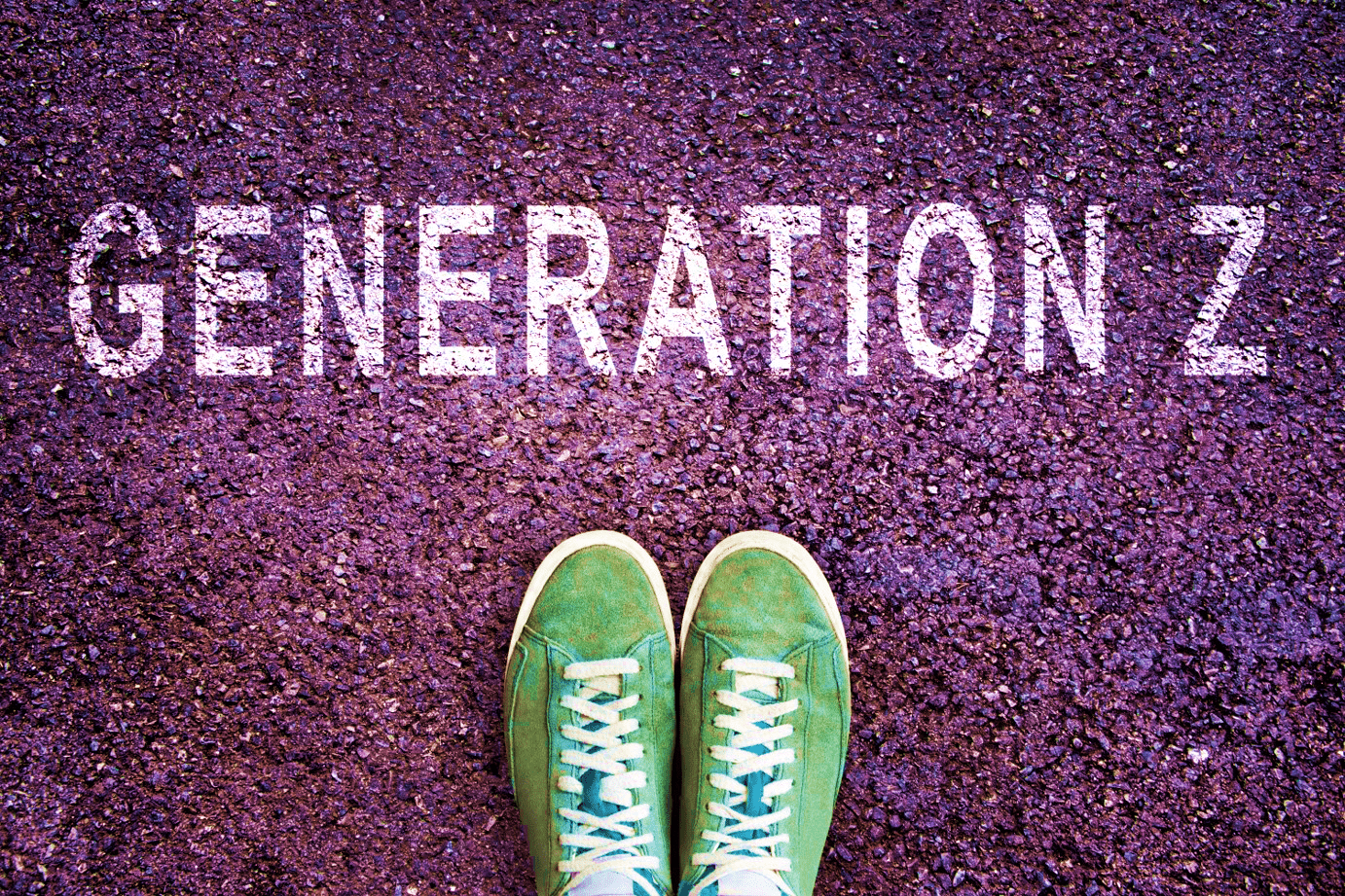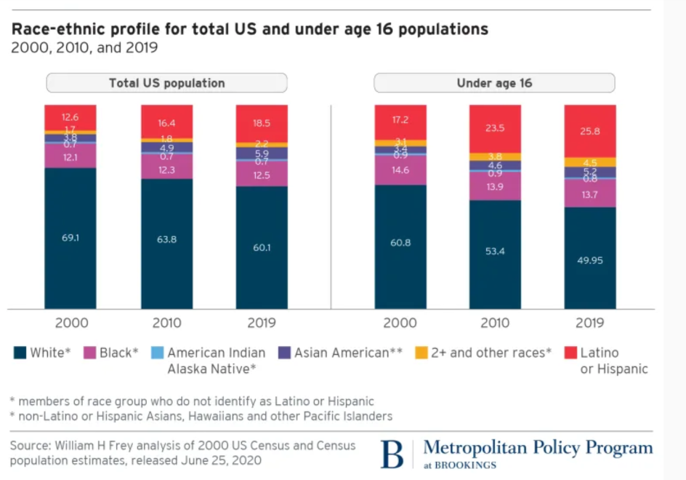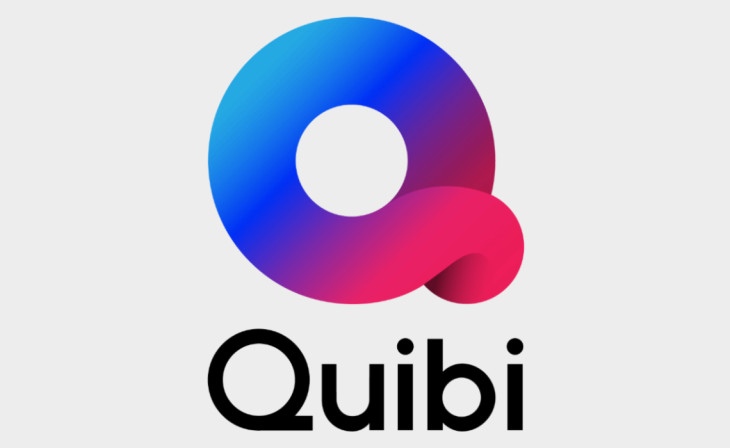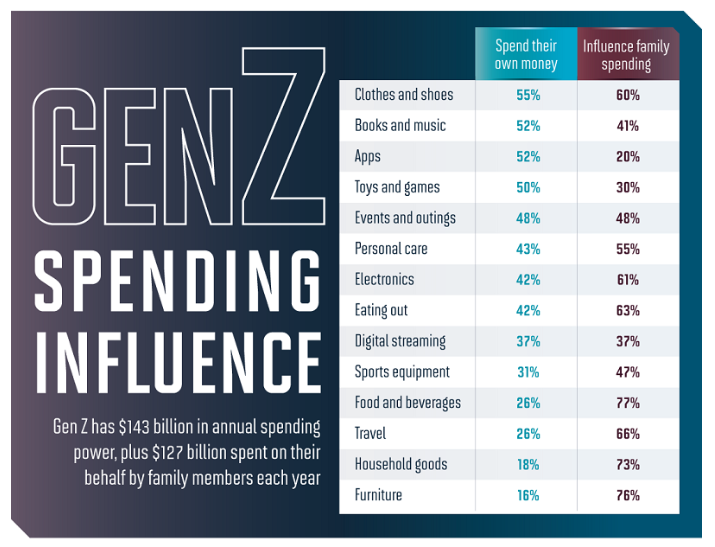
I’m one of the luckiest people you know in radio. Why? I hang out with a lot of smart, smart people and I end up in some pretty high-level meetings. I’ve found if you keep your ear to the ground, you can learn an awful lot about the way the wind is blowing in the business.
And over the past year, I’m hearing more chatter about Gen Z. I should point out, no one’s talking about teens, because the generational label has more marketing cache. Teens? Not a chance.
Yet, at an increasing number of industry conferences and webinars, Gen Z sessions and panels are popping up like they matter. But they don’t, because there’s not a radio broadcaster that I know of that is dedicating serious resources to targeting teenagers. Please correct me, but the only teen initiative I know of that has originated from a radio-centric company is Beasley’s foray into esports. More on that later in this post.
I was talking with a friend in Alternative the other day. Like most conversations around the format these days, we were lamenting the shape its in. This year’s solution is to “oldify it” in an effort to recapture its glory (and competitive 25-to-54 demos). These ventures might end up working, especially in markets on the west coast where the format has a rich history.
But these tactics veer sharply away from Alternative’s DNA as a “dangerous format,” willing to take risks on artists, genres, events, and lifestyles. What worked for teens in the ’80s – the original listeners of the format, won’t resonate with teens of today.
 My Alt buddy suggested Gen Z is about as different a group today as Boomers were back in the ’60s, a large group alienated by the state of America in the 60’s – civil rights, Vietnam, you name it. That’s a spot-on observation. Today’s Gen Z have already been through the historical wringer – the Great Recession, COVID, climate change, civil unrest, and now the overturning of Roe v. Wade.
My Alt buddy suggested Gen Z is about as different a group today as Boomers were back in the ’60s, a large group alienated by the state of America in the 60’s – civil rights, Vietnam, you name it. That’s a spot-on observation. Today’s Gen Z have already been through the historical wringer – the Great Recession, COVID, climate change, civil unrest, and now the overturning of Roe v. Wade.
It occurred to me how Gen Z is as different as Millennials as Boomers were from the 50’s kids who grew up with Paul Anka, Elvis, and Bobby Darin. And of course, those Z’s are a monster generation in heft. They’ll be 50 million strong by 2030, a huge portion of the workforce. They’re also more diverse, a plain and simple fact America will have to confront:

The ramifications in our political and social fabric are obvious as we watch America’s white population diminish, while diverse and underserved groups continue their growth spurt.
And where does this leave radio – an industry that knows precious little about teens, much less the diverse trajectory the country will be on for the foreseeable future? There’s much talk about where we’ll be in 2030. One thing I know for sure. It’ll be here before we know it. Will broadcasters have confronted the demographic divides that will define media, technology, and every facet of our lives?
One of our consultants sent me a cool and sprawling Gen Z infographic (part of it is below and it is linked to the graphic) from Social Media Today. Here’s a piece of it, focused on Gen Z contributions to the economy:
The data embedded in this clever graphic is a reminder how little radio pros know about this up and coming population mass.
And that leads me to a fascinating story in Nieman Lab earlier this month about a bold new Gen Z new media initiative from…(wait for it)…a newspaper. The LA Times to be exact.
“404”
Is it a reference to a web error page? Atlanta’s area code? Or something else?
The paper calls it a “major expansion of its audience team…a major investment in our digital growth…(and) a critical step toward attracting news readers.”
Known as the “meme team,” the 404 is not a section in the newspaper or even on the website. For now, there are six people on the team, most of whom don’t have a journalism background. Instead, they’re creating “new types of experimental content” on other platforms.
They are digital natives to the nth power, and while they make stuff in lots of places, TikTok appears to be their home base.
@latimes𝚆𝚎𝚕𝚌𝚘𝚖𝚎 𝚝𝚘 𝟺𝟶𝟺At the edge of the continent—at the end of the world—404 is where everything extremely L.A. and everything extremely online crash together to create something new. We can’t wait to show you what’s next.♬ original sound – 404 [by L.A. Times]
The 404’s “head of creator content” is Angie Jaime who describes the opportunity this way:
“Right now the digital landscape is littered with hollow content and misinformation. A lot of folks are burned out online. Our aim is to offer an accessible alternative. We want to tell stories for an audience that craves information. I think part of that has to be being very self-aware of the nature of people’s relationship with the internet itself.”
What will the 404 mean for the Times? Will it even be around at this time next year? Who knows?
But the paper’s leadership will undoubtedly get an education in “what’s next?” and how media will be defined in the years ahead. Like any content experiment, there will be growing pains, false starts, and fails. But isn’t that how all new media begins, whether it was FM progressive rock radio, MTV, Facebook, or TikTok?
Of course, the road to innovation is also littered with fails, some of the epic. MySpace, Quibi, and more recently, CNN+ are all examples of false starts that ended up being “teaching moments” for other platforms and innovations. It is rarely an easy road when you’re in unchartered waters.
being “teaching moments” for other platforms and innovations. It is rarely an easy road when you’re in unchartered waters.
So why do broadcasters actively shy away from Gen Z? Is it fear of the unknown or the mistaken belief you can’t monetize teens? In nearly four decades as a researcher and consultant, I am hard-pressed to think of a single time a radio manager or owner wanted to look at the teen demographic.
It’s a taboo in radio, and yet, the rest of the world is moving quickly to learn, understand, and (so they hope) capitalize on the opportunity.
This isn’t a matter of opinion. It’s a matter of demoographics.
There’s only one exception in the radio business that I’m aware of – Beasley’s foray into esports.

In late 2019, the company bought the Houston Outlaws in the Overwatch League. In addition to CheckpointXP, a news/opinion web outlet, most of the entire effort is off the air. Run by the capable COO Lori Burgess, the program is all about reaching Gen Z. The Twitch platform is burgeoning space where teens, gamers, and even some radio personalities have set up shop. Former radio programmer Don Kollins is now a Twitch employee (an Amazon-owned company by the way).
Here’s Lori’s take on esports:
Beasley’s esports program is the vision of Caroline Beasley who deeply believes this is where the media world is headed. Like the 404, the initiative is off the air. But that doesn’t mean a company’s Gen Z play couldn’t have a role on radio, just not as its prime outlet.
There’s a reason why so many teens have little or nothing to do with radio. Radio has had little to nothing to do with them.
2030 will be here in the blink of the eye, and the world will be a much different place.
And that begs the question;
Will radio be late to the party….again?
- What To Do If Your Radio Station Goes Through A Midlife Crisis - April 25, 2025
- A 2020 Lesson?It Could All Be Gone In A Flash - April 24, 2025
- How AI Can Give Radio Personalities More…PERSONALITY - April 23, 2025





Fred
I always enjoy reading your columns. They are terrific. This one is right on the button.
This is really not a new problem. Radio has always had an addiction to not think about the12 to 24’s.
It’s funny, because that’s where the demos are that always make the future media change.
Bill, thanks for the kind note. I’m old enough to remember the days when “AORs” and “Top 40s” competed hard for teens. And there were dollars, including the soft drinks, milk (Michigan Milk Producers was a big radio account here in Detroit), concerts, fast food, malls, and movies were major revenue generators. They’re all in business today.
Bill makes a good point but the belief was that 12-24 didn’t have the money needed to support advertising. Those of us in the boomer generation proved that theory wrong in the days of General Mills, Post Cereals and Kellogg’s merchandising through the shows we’d watch -and the music we listened to.
In 2022 I wonder if the content divide isn’t too wide to attract “Gen Z” without destroying what already exists. “Pop” radio existed with the common thread of music and other content that appealed to the masses. Is there still a common thread? We’re seemingly moving in separate directions with on demand content. The bland content of many radio outlets these days seems designed to offend no one- which (of course) attracts -no one. (Always a great platform, Fred.)
Dave, thanks for chiming in on this, and please see my comment to him. I checked with brother Paul who was a sales whiz on the RIF team in those days. Teens were “a thing” for rock radio. And all the braands mentioned in my comment benefit from strong Gen Z strategies. Radio has took itself out of a game it could’ve won. Were there always more dollars 25-54 female? Of course. But that doesn’t mean there weren’t ample opportunities with younger consumers. When you have an all-or-nothing sales strategy, you can easily end up with nothing.
There’s a great lesson from rock radio. For those too young to have been there or too old to remember…in the 70s, “Progressive Rock” started out appealing almost exclusively to teens. The Arbitron ratings at the time probably underestimated the size of that audience drastically, due to screening methodology that, retrospectively, seemed almost designed to underreport rock listeners.
Nevertheless, they persisted. Progressive Rock morphed into AOR, and then splintered into Classic Rock, while the boomers median age increased to over 25. Meanwhile, Arbitron modified is methodology to attract more young men and some 10 years later, there were rock stations that were #1 25-54 and a lot of them were top 5. Fast forward to 35 years later, the original classic rock format still thrives, with one in almost every market.
There’s an obvious lesson here. Will they be playing hip hop or K-pop at your local CVS in 10 or 15 years? Will those former teens gravitate to radio if its start playing it as 25-54 focused gold. IMO, in media and life, its easier to preempt a decision than reverse one.
Teens were an integral part of many formats, Rock and Top 40 among them. They generated a lot of revenue, although there were caveats. “The beers” – Miller, Bud, and many others – were a huge part of radio’s advertising sales portfolios. They, of course, were looking for stations that could deliver listeners of legal drinking age. If a station’s teen composition was “too high” (the percentage varied), their agencies would shy away from a station or leave them off the buy altogether.
Despite that wrinkle, teens were responsible for considerable radio sales until the industry adopted its all-or-nothing 25-54 obsession it adheres to today. Of course, Classic Rock has enjoyed the fruits of that decision. Thanks for the comment, Bob.